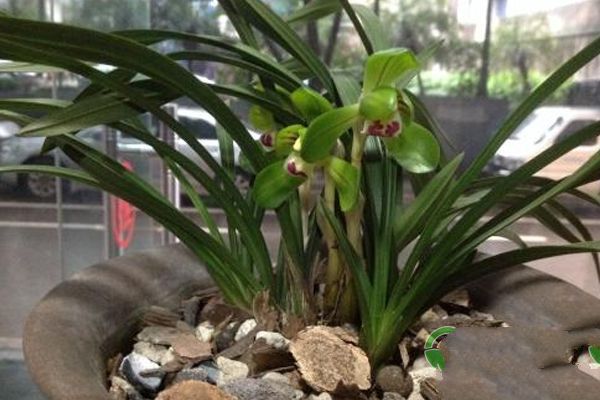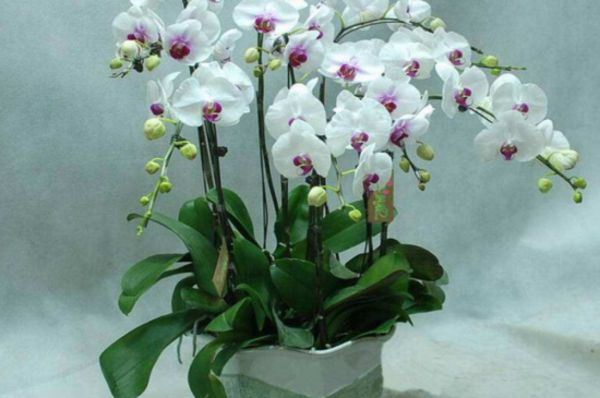Treatment methods of Fertilizer injury in Orchid planting

Orchid fertilization too thick too much, will make orchid seedling growth hindered, light leaf tip charred, heavy seedling withered root rot; it is possible to give a new bud, pour an old seedling, a pot of orchid more and less species. This is the fat wound. At ordinary times, we must pay attention to thin fertilizer and frequent application to avoid orchid fertilizer injury. If it has caused fertilizer damage, it must be changed immediately, carefully pour out the orchid seedlings, cut off the rotten roots, and wash them with clean water; although the orchid roots of the injured orchid plants are rotten, new bud eyes will often sprout on the false bulbs. Care should be taken when cleaning to avoid damaging the bud eyes. After cleaning, select thiophanate-methyl, carbendazim and other fungicides diluted solution immersion 3? 5 minutes, put in the shade to dry the wound slightly, and then re-plant with pure moss or plant stone, put shade management. Such as in the growth period, after 1 month can gradually accept 90% of scattered sunlight, half a year later gradually apply a small amount of thin fertilizer, 1 year after the growth of new seedlings into normal management.
Orchid phytotoxicity is due to the control of pests and diseases when the drug is too thick, and directly hurt the orchid plant, light formation of rice to soybean large irregular spots, and gradually from light to deep, from yellow to brown, and finally into black brown spots. This kind of spot is very similar to virus disease spot, most likely occurs in the position where the liquid medicine is easy to stay, greatly affecting the beauty of the orchid leaf. Serious phytotoxicity can also lead to yellowing and wilting of the whole seedling, as if sprayed with herbicides, which cannot be recovered for several years.
There are many kinds of pesticides now, and the ratio is also inconsistent. Some are based on percentages, some are based on thousandths, some are used in 1/1000, and some are 1/2000. 1/3000, there are also some pesticides that describe how many kilograms of water a package has, and none of the pesticides directly indicate how much water 1 ml has. When using, you need to convert it yourself. If you accidentally miscalculate one percentage point, it means that the concentration is 10 times larger. The problem can be serious. Therefore, before use, you must read the instructions clearly and carefully calculate accurately to avoid unnecessary losses. If the pesticide is found to be sprayed too thick, this problem is found within half a day, it should be immediately sprayed twice with clean water, and then sprayed once with brassin (Shuofeng 481) to protect the orchid leaf cells and reduce the effects of phytotoxicity; if the time is long, the damage of phytotoxicity is difficult to avoid.
Related
- Is the orchid suitable for indoor use? Is it good for the body?
- How to prevent the empty root of orchids?
- What to do after the crab claw orchid is withered?
- Why are the leaves of orchids always yellow? Fertilizing and watering.
- Can the root of the gentleman orchid be saved if it is rotten?
- Diagnosis and treatment of cotton-blowing beetle insects in Cymbidium
- There is a way for a gentleman's orchid to rot.
- What is the most suitable temperature and humidity for the orchid?
- How to raise a gentleman's orchid? Cultivation techniques of Cymbidium
- How to prepare the nutritive soil for the cultivation of Cymbidium



